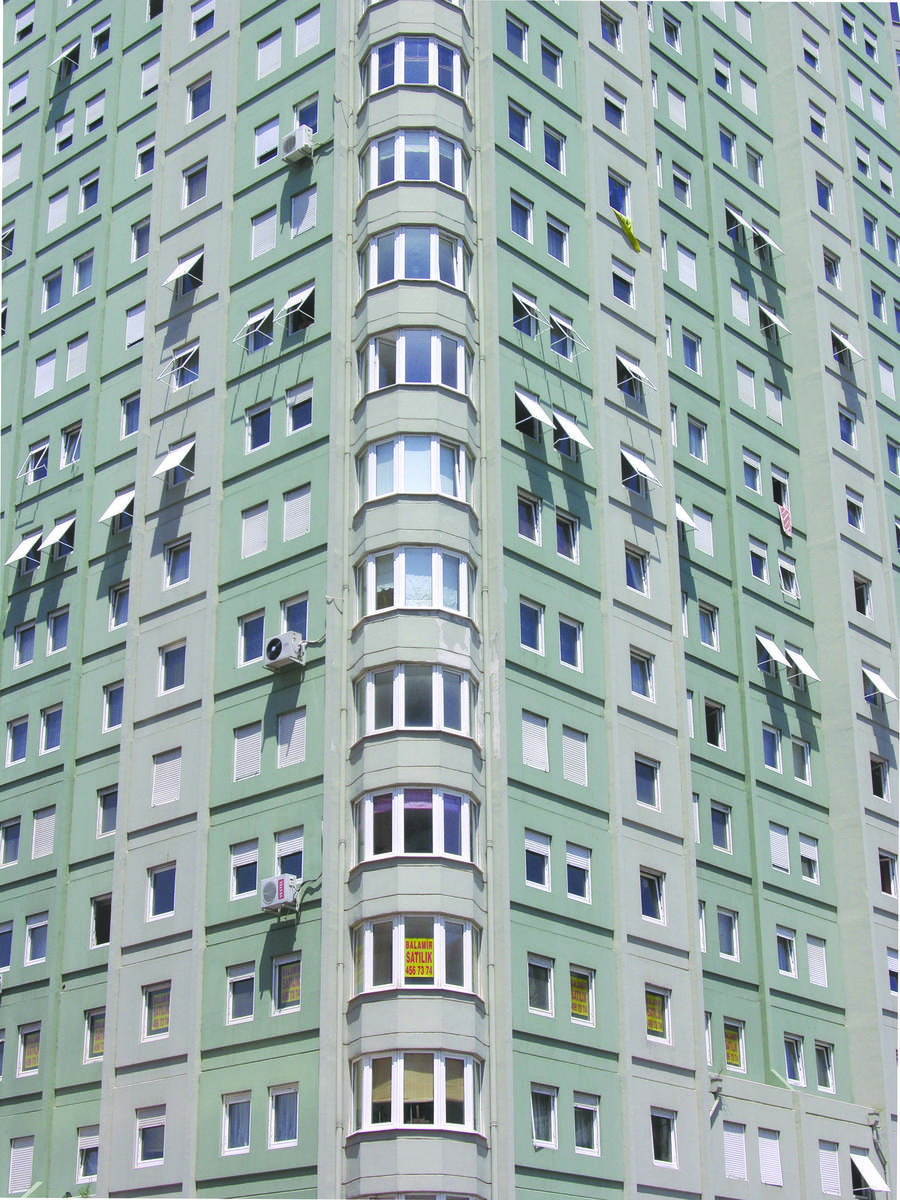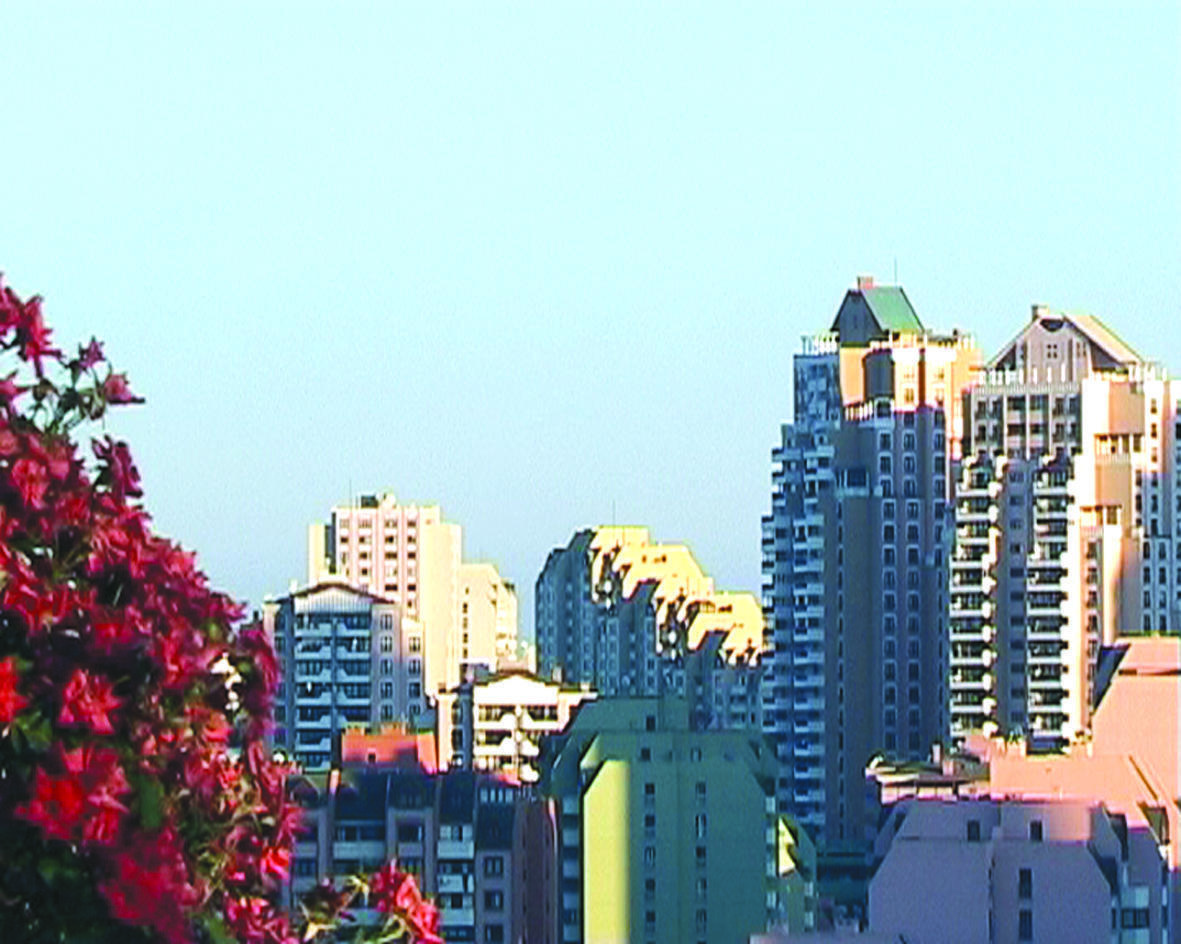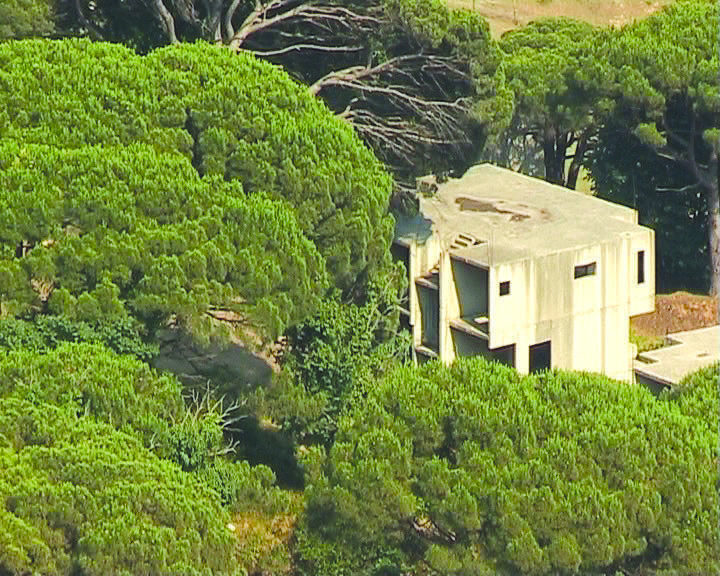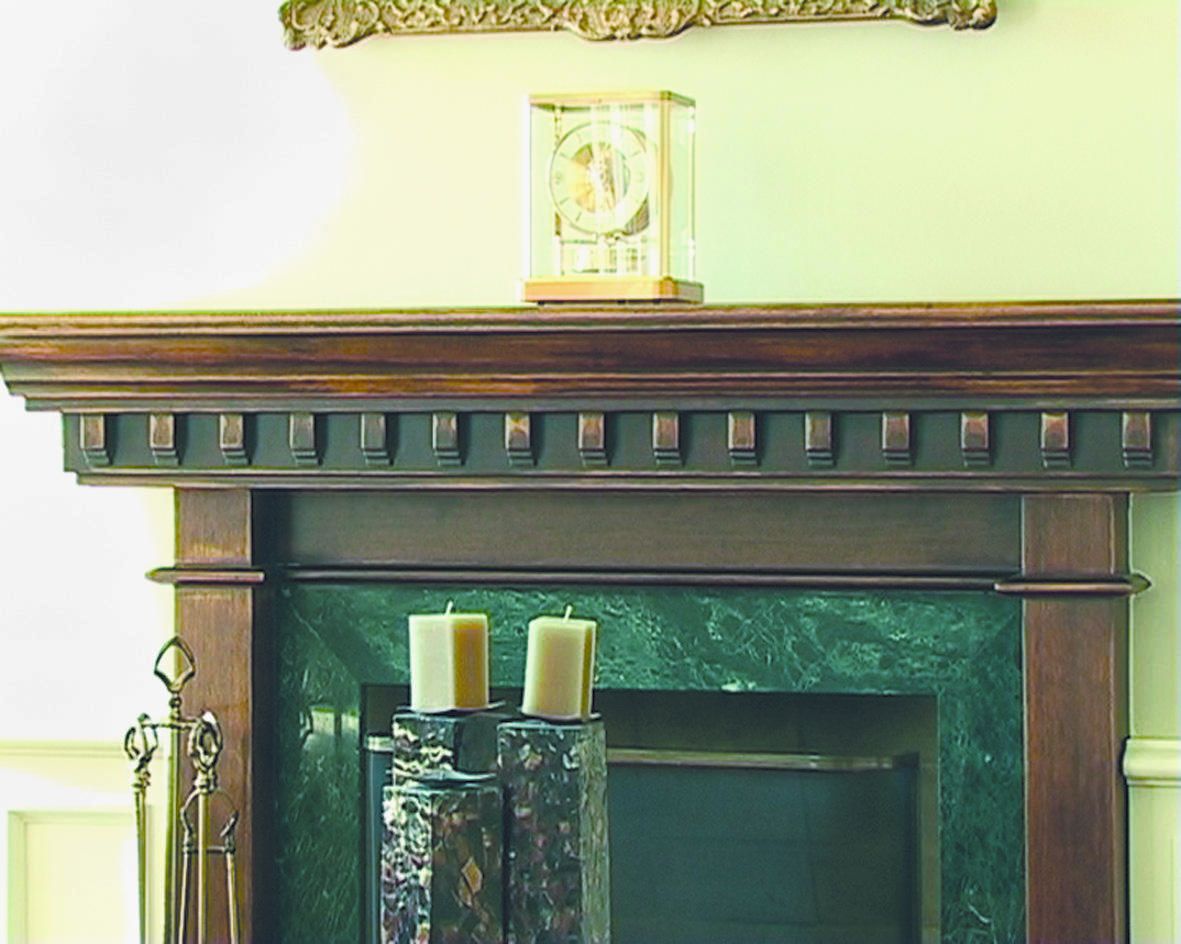
According to urban myths surrounding Istanbul’s Tophane district, murder and robbery are common, walking around in the evening is unsafe, and prostitution and drugs are rampant. This neighborhood, where I happen to live, is an area of the city near the main cosmopolitan cultural centers of Taksim and Galata; its residents are primarily Gypsies, Arabs from Anatolia and Kurds. Tophane represents the “Other” in the urban conscious of Istanbul’s residents; it is both uncanny and dangerous, a place to which urban clichés and notions of insecurity are readily attached.
In The Architectural Uncanny, Anthony Vidler discusses the connection between “urban memory” and the city. He writes, “In the traditional city, antique, medieval or Renaissance, urban memory was easy enough to define; it was that image of the city that enabled the citizen to identify with its past and present as a political, cultural and social entity; it was neither the “reality” of the city nor a purely imaginary …the city might be recognized as “home,” as something not foreign, and as constituting a moral and protected environment for actual daily life.”1 Vidler goes on to offer a crucial point on the notion of what he terms the “uncanny” in global cities. As a result of ethnic and social diversity and accompanying segregation in global cities, he argues, it is difficult to create a collective urban memory with which citizens can identify. As a result, obscure identifications with place lead to urban discourses based on fear, safety and insecurity. Urban ghettos, peripheries of city centers, gated communities and other urban areas whose inhabitants have diverse cultural, economical and social backgrounds are mythologized via such discourses even if they are not entirely based on fact.

Over the last century, the terms “city” and “metropolis” have referenced the utopias of cosmopolitanism — diversified communities and the participation in public space on a mass scale. In the 1990s, however, we have witnessed the failure of urban utopias and the idyllic notion of the elite, multicultural and modern citizen. In the past ten years, suburban areas marked by “gated communities” have developed on the margins of cities the world over-Istanbul included. Such communities are distinct from the gecekondu (“slum” or “shanty”) areas of the 1960s–1980s, occupied by Anatolian immigrants on the outskirts of the city. The gecekondu arose through illegal construction and occupation. After 1995, however, gated communities erected on the margins of Istanbul have been occupied by upper-middle-class residents.
In simplest terms, gated communities are privatized housing settlements for citizens who seek a safe, higher standard of living than the one afforded by the inner city proper. Levent & Gulumser write that “this new social class, pushed developers of large-scale real estate investments to produce gated projects which offer a better life standard, quality of life and a way to diminish the daily life’s stress.”2 Land speculation and the development and privatization of public land were enabled by economic neoliberalism and mass housing legislation.

Terms such as public space, privatization, urban community, security, identity and citizenship accrue new meanings within the context of gated communities. Belonging to a city doesn’t make sense anymore, but belonging to a community-one marked by shared lifestyles, property ownership and a sense of belonging does. Herein is the new, conflicted definition of citizenship in the contemporary global city. On one hand, the global city comprises several cross-cultural and ethnic communities; on the other, the right to participate in the public sphere and share urban space is at odds with a definition of citizenship based on the form of nation-state.
Since the 1990s, many of Istanbul’s eastern and western peripheries have been privatized by local investors. Most of these were joint ventures with American architectural offices; designs and models were often imported from the US Advertisements for gated communities often use English words to represent key concepts such as security, hygiene, sport and nature and promise a better lifestyle that counters dystopian discourses surrounding earthquakes, pollution, traffic and urban fear. “Sinpaş, Central Life,” for example, promises wellness, with a fitness club and no traffic to speak of. “Ağao ğlu My Town” offers nature, security, less traffic.

Artist Solmaz Shahbazi augmented the research of sociologists and urban planners on gated communities in two video works, shown in the 9th International Istanbul Biennial. She studied the gated communities of Kemer Country, Bahçepehir and Optimum interviewing residents and nonresidents and creating two distinct narratives. One video shows several images of the gated communities and their surroundings, and is accompanied by a soundtrack of three social scientists discussing urban sprawl. The other shows the interior of a home within this bizarre community. The owner speaks of her domestic life, the motivations behind her family’s move there, her new daily habits as well as her fear of Istanbul’s city center. She mentions her high security bills and talks about her new hobby: golf. Her fear of the city is convincing, as is her assertion that the development offers a “community feeling” that she takes comfort in. Such dwellers of gated communities choose to be part of a community, but one that is not rooted in ethnic, religious or even socio-economic difference. In the end, it is the reproduction of a community whose gaze re-defines the “other” of the city.
Analyzing the links between security, segregation and citizenship reveals how urban discourses are produced and consumed. In the new global city, the notion of citizenship is based on legal rights, on “…norms, practices, meanings and identities.”3 Some questions beg to be raised in this context: How do “gated communities” relate to these discussions, especially in terms of spatial organization and civil rights? How is space re-organized through bio-politics in the context of the city and how does the urban discourse of security transform the social rights? Bülent Diken argues that gated communities are desirable camps.4 Referencing Giorgio Agamben’s notion of the “camp” as a zone of distinction, in which formal law and human and social rights are suspended due to crisis, Diken offers that gated communities are panoptic sites in which inhabitants forsake some rights for security and the condition of “being under control.”

The means of achieving this security vary greatly. A gated community is marked by cameras, guards and other high-tech surveillance techniques (another strongly advertised feature). Tophane, on the other hand, is a highly secure place despite its appearance to the contrary. Such safety is not due to technological prowess but rather due to the tightly knit community marked by the urban poor, refugees, and ethnic groups who make their home there. Here is a different manifestation of Agamben’s notion of the camp. The “surveillance power” and, ultimately, the safety of this community is structured by the network of relationships among neighbors as opposed to the technological devices and huge walls of the gated communities.
Within both spaces discussed here, the terms “public space” and “citizenship” gain novel meanings born of the negotiation of space and the community relations that redefine and reflect the rules of everyday life. The cases of Tophane and the closed and segregated areas that are Istanbul’s gated communities represent the complexity of the city today. It follows that such contemporary communities demand a redefinition of citizenship that is no longer based on the ancient construct of the nation-state or economical difference. Needless to say, the implications of such a significant reevaluation — for our conceptions of social and public rights — will be vast and significant.

1 Vidler, Anthony, The Architectural Uncanny, MIT Press, 1992, Boston
2 Aliye Ahu Gülümser, Tüzin Baycan Levent, “Through the Sky: Vertical Gated Developments in Istanbul,” UIA 12th World Congress of Architecture, 2005 Istanbul
3 “Perfectly Suited for You”, video installation, two videos: 1 projection, (15’30”) 1 TV screen, (13’00”), Solmaz. Shahbazi, 9th International Istanbul Biennial, 2005, Istanbul
4 Isin, Engin F., “Democracy, Citizenship and the City,” Democracy, Citizenship and the Global City, Routledge, 2000